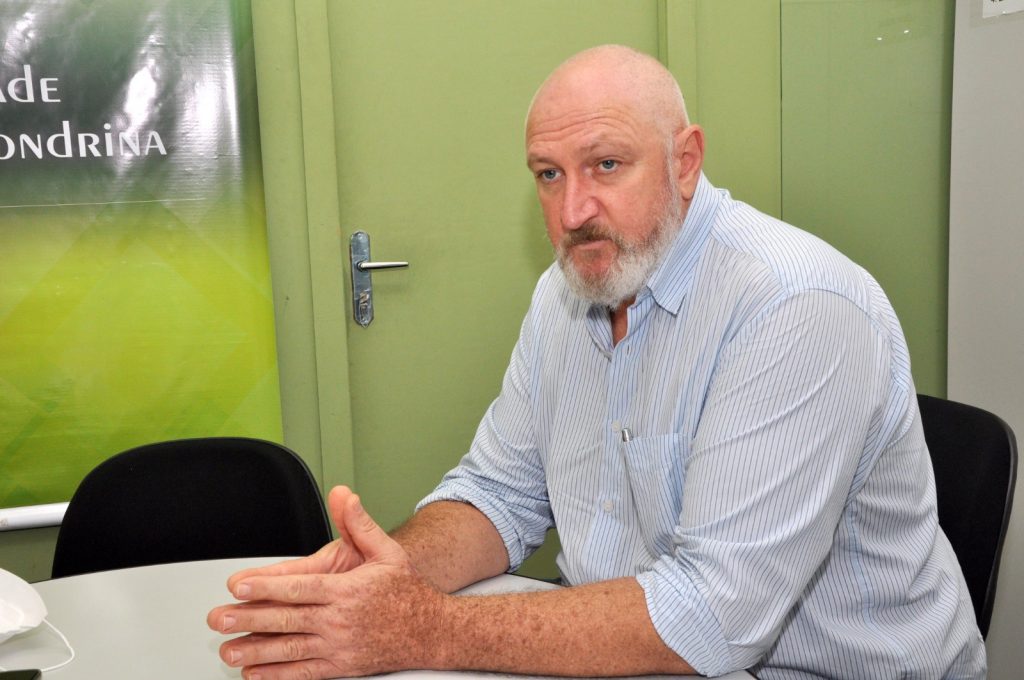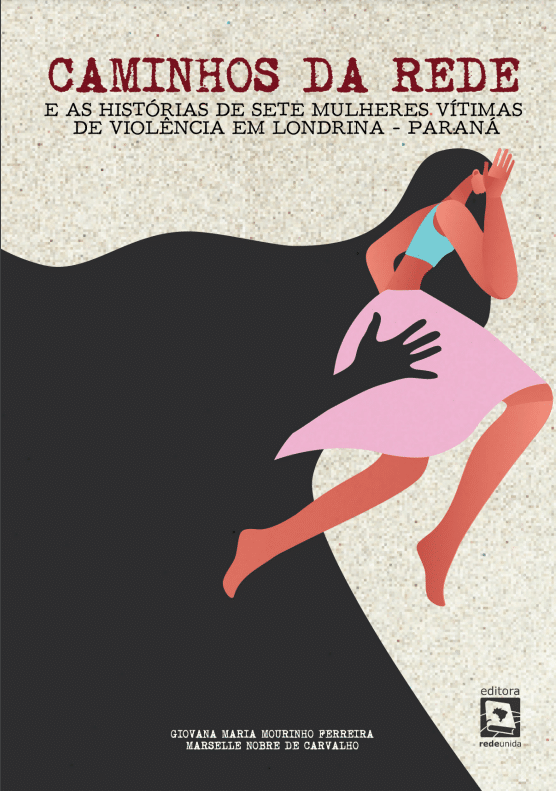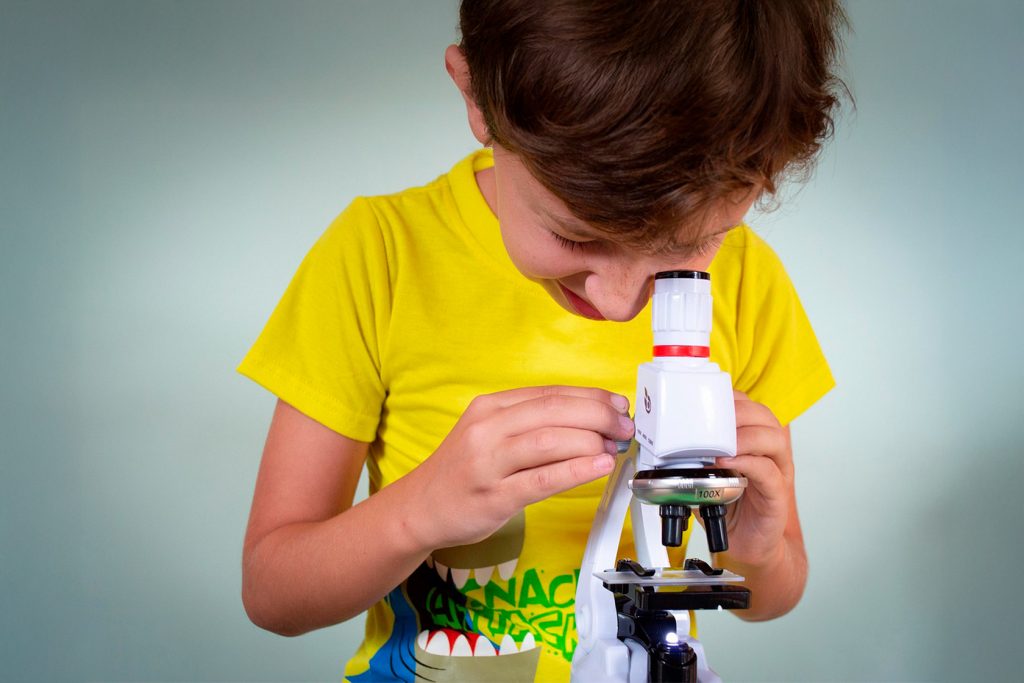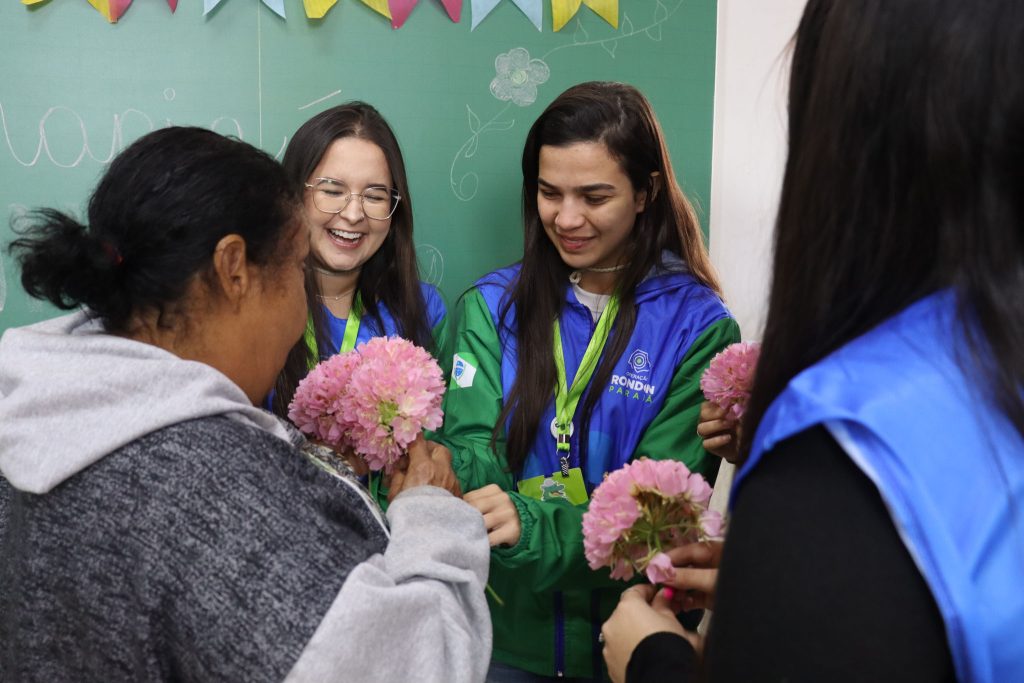[EN] Project investigates conspiracy theories in the digital environment
[EN] Project investigates conspiracy theories in the digital environment
Project coordinated by professor Moisés de Oliveira is dedicated to investigating conspiracy theories in the scientific scope on digital networks.Who has never heard that the Earth is flat? Or that the coronavirus was created through genetic modifications in Chinese laboratories, with the purpose of attacking Western civilization? These and other conspiracy theories — which, if not new, are readapted from other theories — are the object of study of the project “Who’s afraid of conspiracy theories? Investigation of technoscientific conspiracies in digital environments from the perspective of the actor-network theory”, coordinated by Moisés Alves de Oliveira, professor of the Department of Chemistry.
Leonardo Soares de Melo is another project member and doctoral student in the Graduate Program in Teaching of Sciences and Mathematical Education. He explains that although conspiracy theories have been on the rise lately, they are not necessarily new — a phenomenon explained to some extent by the Internet’s potential reach. Many false narratives, such as the flat Earth one, have various conspiracy theories in their content. They usually start from the assumption of an evil conspiracy promoted by a specific group against individuals or collectives.

“In the flat Earth’s case, people use this idea, which has been proven false from a scientific point of view, to say that there is a plot by billionaires, concealed by NASA, that would force us to believe that Earth has a geoidal shape,” explained the researcher. These theories, according to Leonardo, are not necessarily characterized by being false. “What characterizes a conspiracy theory is its ability to go beyond false discourse, adapt to a current narrative and appear feasible”, he explained.
Malleable “theories”
In his PhD thesis, Leonardo analyzes conspiracy theories on websites and social networks, focusing mainly on Facebook. He explains that conspiracy theories emerged most intensely during the postwar period, epistemologically outlined by liberal philosopher Karl Popper and investigated on a multidisciplinary level by sociological, psychological and cultural initiatives. In general terms, what characterizes these “theories” is the assumption of a plot, in addition to the fact that they are “malleable” and always in the field of doubt. For a classic conspiracy theorist, it is important that his “theory” is always in vogue and not easily refuted, since it is always in the field of suspicion. “What matters is not the veracity of the theory, but rather its probable veracity, combined with the plot that makes it exist”, he says.
One example involves the vaccination against COVID-19. The pandemic outbreak resurfaced a variety of conspiracy theories, such as the assumption that vaccination causes autism. However, this theory is not new: in 1998, in the USA, a doctor had already become famous for spreading in the scientific journal Lancet the misleading result that the MMR vaccine would cause autism. The article was later retracted and the doctor had his license revoked after it was proven that he had ties to a rival vaccine production company. This discourse, detached from historical time, has adapted itself to the present, in the voices of anonymous and public Internet conspirators.
The QAnon theory is another well-known example. Developed by far right USA conspiracists, QAnon propagates that there is a secret worldwide cabal, composed of cannibals, pedophiles and high-ranking sex traffickers, some of them infiltrated in the USA government. According to these conspiracists, former President Donald Trump would have emerged to combat this plot against the children of the world — especially those of Western civilization.
“In this field (of conspiracy theories), science is bereft of its truth discourse. It is a field of political, non-rational debate, so it is interesting to note how scientific discourse adapts itself to this new reality. Being in possession of facts and evidence is not enough in this field”.
Moisés Alves de Oliveira, professor of the Department of Chemistry
Another fertile ground for the profusion of conspiracy theories is the environmental issue. The creation of climate summits to find a way out of global warming caused a proliferation of theories that global warming was a worldwide plot to curb the economic and social development of first world countries, especially the United States. Denying the emergence of climate problems is widely accepted by denialist movements also in Brazil.
Cartography of controversies
How to deal with the infinity of discourses propagated on social networks and news websites with scientific rigor? To deal with the profusion of data, the project starts with the cartography of controversies, a methodology proposed by French anthropologist Bruno Latour. The method starts from mapping public disputes and how they bring out different discourses.
In the digital environment, it was also necessary to establish some other methods. The Internet is not an inert space, where the relations with an object appear as given, but a living space. Researchers start from these networks to map the processes linked to the social fabrication of these conspiracy theories.
Science and Politics
For the project coordinator, it is interesting to observe how science behaves in the midst of disputes with conspiracy theories. “In this field (of conspiracy theories), science is bereft of its truth discourse. It is a field of political, non-rational debate, so it is interesting to note how scientific discourse adapts itself to this new reality. Being in possession of facts and evidence is not enough in this field”, stated Moisés.
The project on conspiracy theories is part of the Cultural Studies Group for Sciences and Education. Also coordinated by Moisés, the group brings together researchers dedicated to studying the interfaces of cultures and sciences, with an interdisciplinary approach.
Tradução: Nathalia Fonte, Giovanna Sanches, Maria Eduarda Semprebom e Lívia Seneda. Revisão: Lívia Seneda. Orientação do Centro de Escrita: Patrícia Lúcio.




